Table of Contents
Introduction: What Are Riblets and Ribs?
Contrary to common belief, riblets are not a seasoning blend—they are small pieces of meat cut from ribs. Ribs refer to the larger cut of meat from the rib section of an animal, typically pork or beef. This guide clarifies the confusion and explains how to choose and cook both correctly.
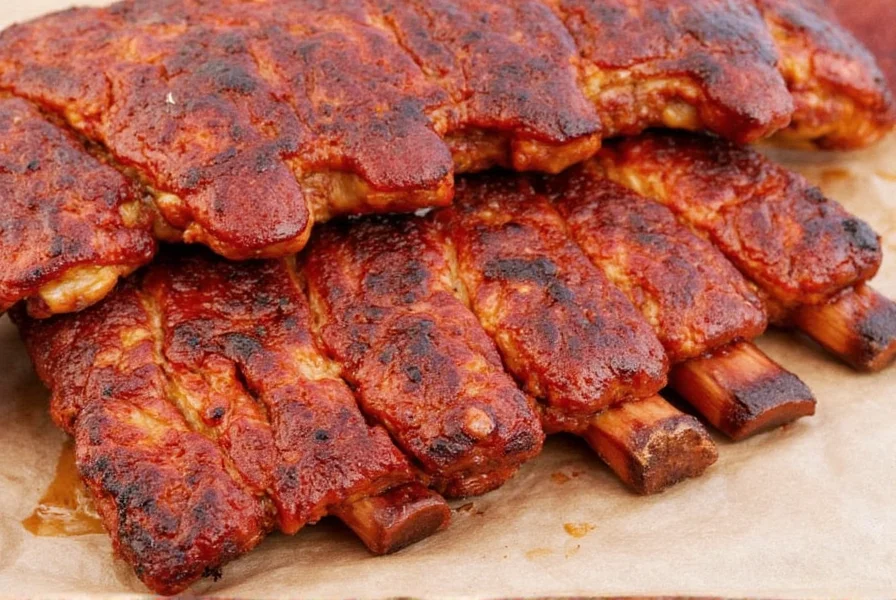
Many people mistakenly use "riblet" to refer to a spice mix, but this is inaccurate. The seasoning for ribs is called "rib rub" or "spice rub". In this article, we'll define both terms accurately and provide practical tips for using them in your cooking.
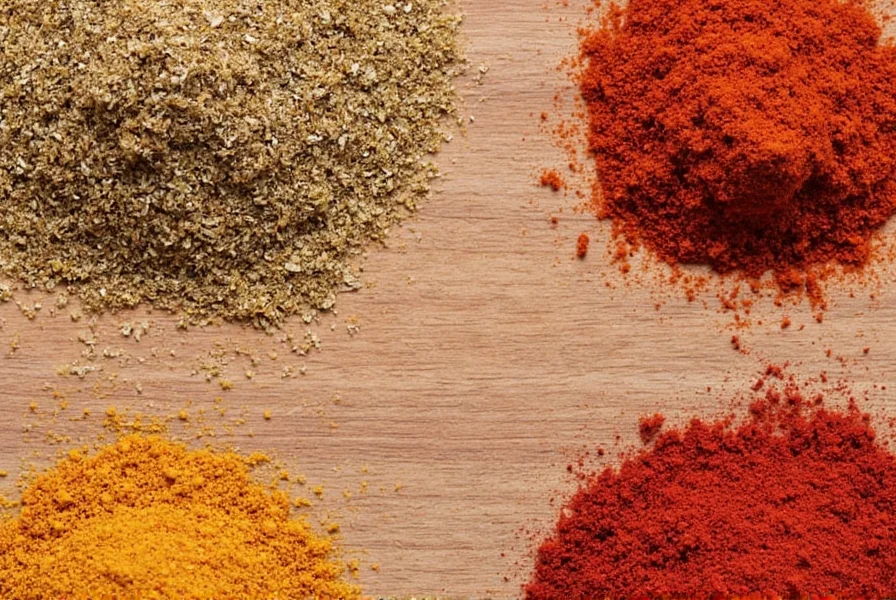
Key Differences Between Riblets and Ribs
To avoid confusion, here's a clear comparison of riblets and ribs:
| Feature | Riblets | Ribs |
|---|---|---|
| Type | Small pieces of meat cut from ribs | Larger cut of meat from the rib section |
| Common Sources | Usually pork, sometimes beef | Pork (baby back, spare ribs) or beef (beef ribs) |
| Usage | Perfect for quick grilling or smoking | Best for slow cooking, smoking, or grilling whole racks |
| Flavor Profile | Depends on preparation and seasoning | Depends on cut and cooking method |
| Commonly Used In | Barbecue, grilled dishes, quick meals | BBQ, slow-cooked meals, smoked dishes |
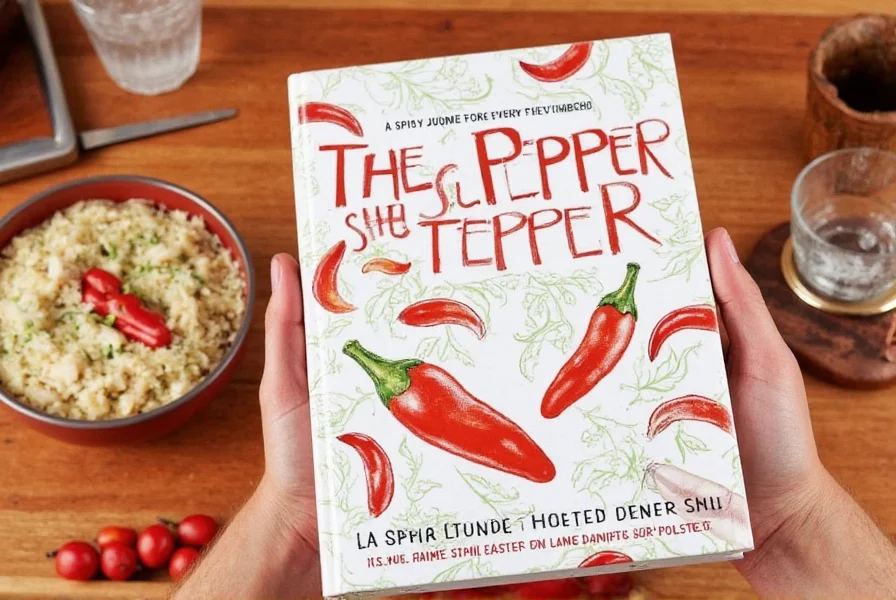
Understanding these distinctions ensures you select the right cut for your cooking needs. Riblets are simply smaller portions of ribs, not a seasoning blend. The seasoning for ribs is correctly called "rib rub".
Practical Tips for Cooking Riblets and Ribs
Whether you're new to cooking ribs or an experienced chef, these tips will help you achieve perfect results:
- Choose the right cut: For quick meals, select riblets; for slow-cooked BBQ, choose whole ribs like baby back or spare ribs.
- Apply rib rub properly: Use a high-quality rib rub (not "riblet") as a dry rub. Apply generously and let it sit for 30 minutes to 2 hours before cooking.
- Control cooking temperature: Cook ribs at low temperatures (225-250°F) for tenderness. Riblets cook faster than whole ribs—typically 1-2 hours versus 4-6 hours for whole racks.
- Use a meat thermometer: Ensure internal temperature reaches 195-205°F for fall-off-the-bone tenderness.
- Pair with complementary sides: Serve with coleslaw, baked beans, cornbread, or grilled vegetables for a complete meal.
- Rest before serving: Let cooked ribs rest for 10-15 minutes to retain juices.
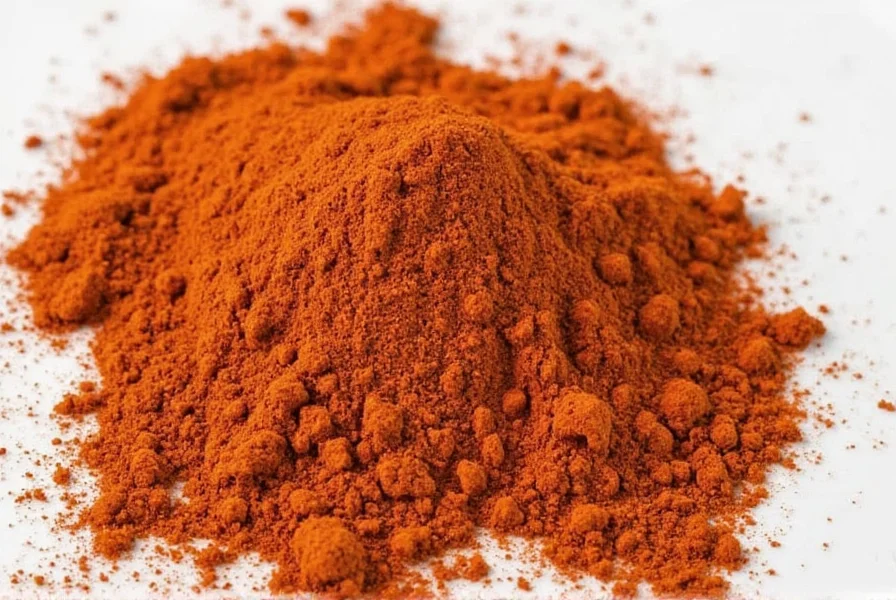
Buying Guide: Choosing the Right Ribs and Seasoning
When purchasing ribs and seasoning, consider these factors:
- Ribs selection:
- Baby back ribs: Tender, lean, and mild-flavored—ideal for beginners.
- Spare ribs: Meatier and richer in fat—best for traditional BBQ.
- St. Louis style ribs: Trimmed spare ribs with uniform shape—excellent for even cooking.
- Beef ribs: Bold flavor and large size—perfect for hearty meals.
- Seasoning (rib rub):
- Ingredients: Look for paprika, brown sugar, garlic powder, onion powder, and black pepper for balanced flavor.
- Brand reputation: Choose reputable brands like McCormick or Stubbs for consistent quality.
- Flavor profile: Select sweet, spicy, or smoky blends based on your preference.
- Package size: Buy smaller quantities for occasional use or bulk for frequent cooking.
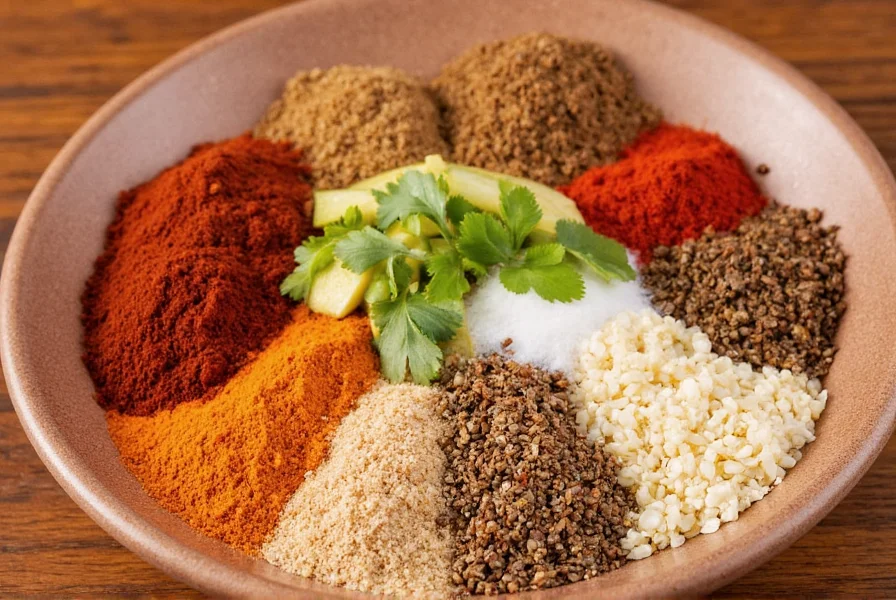
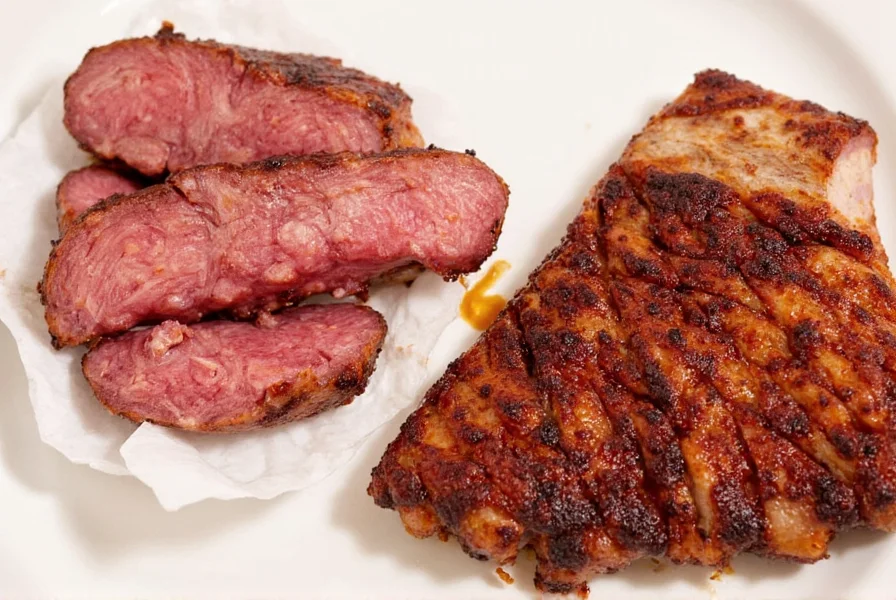
Frequently Asked Questions About Riblets and Ribs
What's the main difference between riblets and ribs?
Riblets are small pieces of meat cut from ribs, while ribs refer to the larger cut from the rib section. Riblets are not a seasoning—seasoning for ribs is called "rib rub".
Can I use riblet seasoning on meats other than ribs?
There is no such thing as "riblet seasoning". The correct term is "rib rub", which works well on chicken, steak, burgers, and vegetables. Its smoky, sweet, and savory profile complements many grilled foods.
How long should I let ribs marinate with rib rub?
For best results, apply rib rub and let ribs sit for 30 minutes to 2 hours. For deeper flavor, refrigerate overnight. Do not confuse this with "riblet"—it's not a seasoning.
Are riblets and rib rub the same thing?
No. Riblets are meat cuts, while rib rub is a seasoning blend. Using "riblet" for seasoning is a common misconception—always use "rib rub" for spice mixes.
What's the best way to store leftover rib rub?
Store rib rub in an airtight container in a cool, dry place away from sunlight. Properly stored, it maintains flavor for 6-12 months. Remember: rib rub is the correct term for seasoning, not "riblet".
Conclusion: Mastering Rib Cuts for Perfect Meals
Understanding the true difference between riblets and ribs is essential for culinary success. Riblets are simply smaller meat portions from ribs, while ribs refer to the larger cut. The seasoning for ribs is correctly called "rib rub", not "riblet". Using accurate terminology ensures you make informed choices in the kitchen.
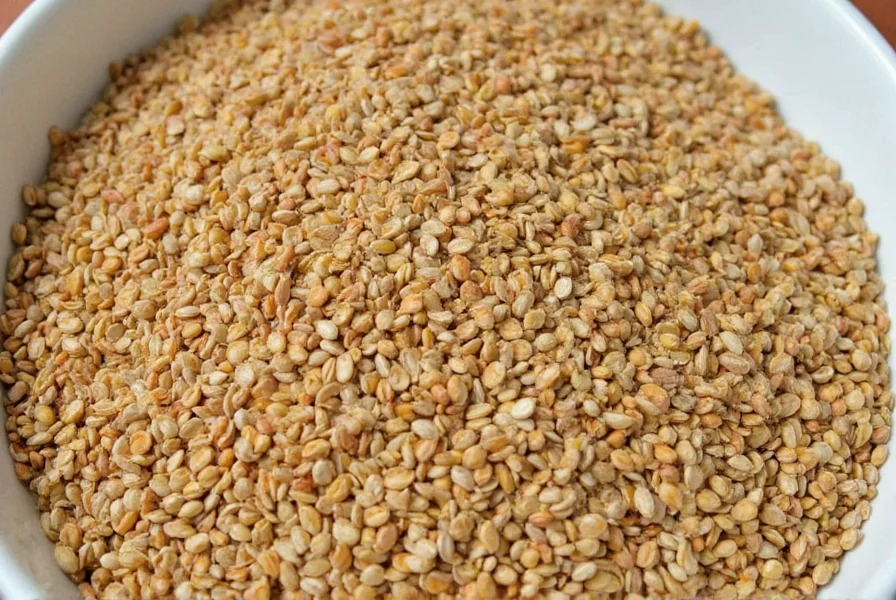
By selecting the right cuts, applying proper seasoning, and following cooking techniques, you'll create delicious meals that impress every time. Remember: riblets are meat, not spice—now you're equipped to cook with confidence.
Start experimenting with different rib cuts and rib rub blends today. Whether you're grilling for a casual dinner or preparing a BBQ feast, this knowledge will elevate your cooking skills and results.

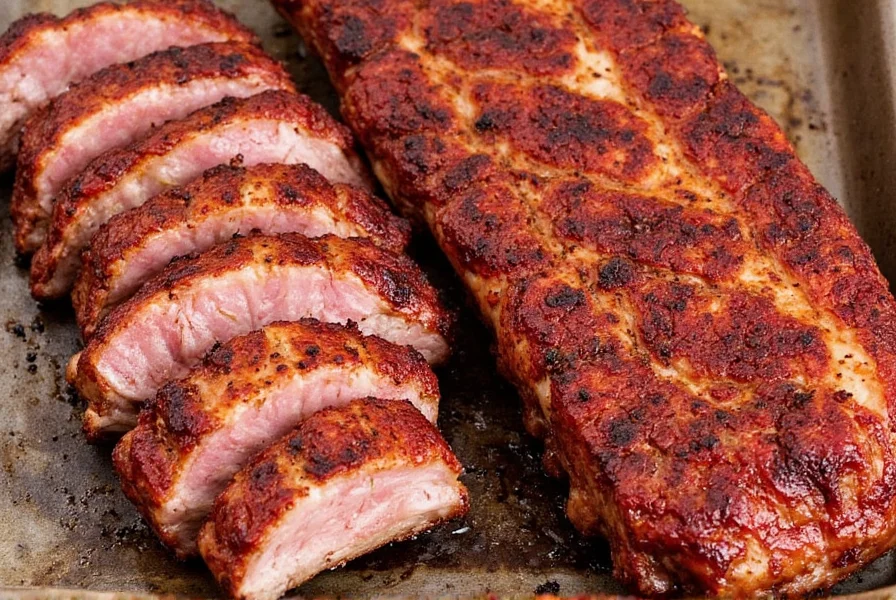









 浙公网安备
33010002000092号
浙公网安备
33010002000092号 浙B2-20120091-4
浙B2-20120091-4